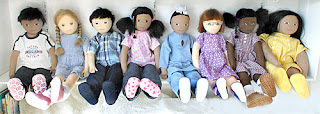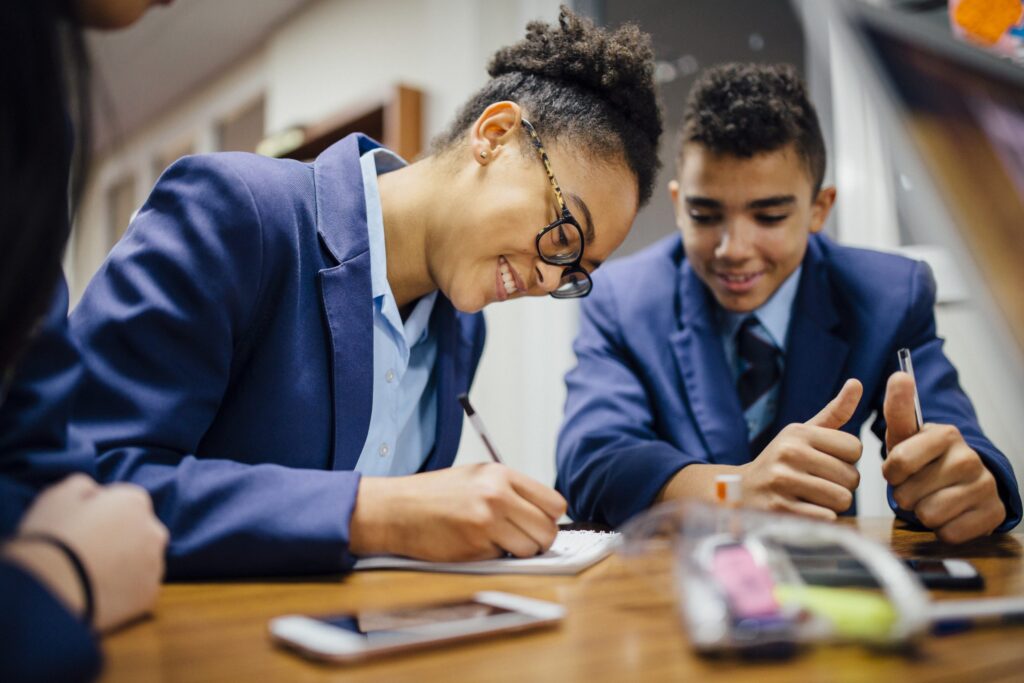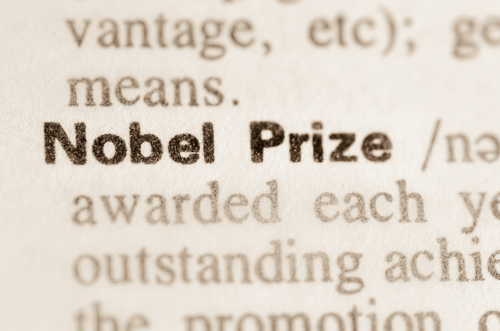PERSONA DOLLS IN ACTION: EQUALITY AND DISCRIMINATION
In the aftermath of the Stephen Lawrence murder trial, issues around equality and discrimination have once again become a focus for attention in the media.
Children’s service workers have a duty to help children and young people develop inclusive attitudes and this is a very important component of both the Level 2 Certificate and Level 3 Diploma for the Children and Young People’s Workforce.
Specifically:
L2: Unit TDA 2.7 Maintain and Support Relationships with Children and Young People
Unit SHC 23 Introduction to Equality and Inclusion in Health, Social Care or Children’s and Young People’s Settings
L3: Unit CYP 3.7 Understand how to Support Positive Outcomes for Children and Young People
Unit SHC 33 Promote Equality and Inclusion in Health, Social Care or Children’s and Young People’s Settings
A good starting point is to help your students understand their own perspectives and to think about how they view others. As we all know, this is potentially a very sensitive issue, but an important one to address if students are to fully understand the nature of inclusive practice. The wordsearch attached can be a useful opening prompt for discussion. (Answers available separately here).
Practical classroom sessions are a fun and valuable way of helping your students both to develop their understanding and demonstrate their competence in the real work environment. Persona dolls have been used for many years as a playful tool to help young children learn about diversity and individual differences and they can be equally valuable for students in helping them to prepare evidence for assessment.
The Persona doll website (http://www.persona-doll-training.org/ukhome.html), has some very useful information, including example scripts for stories to use with the dolls and a wide range of links to other sites relating to anti-discrimination and inclusive practice.
 |
| Dolls from www.persona-doll-training/org |
Your students could work in groups to develop their own Persona doll story dealing with a particular aspect of discrimination (eg. race, gender, or even bullying). An example story is given on the attached information sheet or use examples from the Persona doll website.
Students could then share their stories and discuss how they might be used with children in the real work environment. Some students may have already encountered Persona dolls in their placement or work setting and could be encouraged to share their experiences with others in the group. Some of the stories might be developed and the students could practice telling their stories in a simulated “circle time” using a puppet or large soft toy in place of a Persona doll if necessary.
Encourage your students to think about questions they might ask the children, for example “how do you think teddy feels now?” or “how could we help teddy to feel better?” . Students should also be prepared to respond to some of the children’s comments, for example “my dad says you should always hit people back” or “boys who cry are sissies”.
At different levels, students could use the evidence generated here to support their assessment for:
L2: Unit SCH 23 (AC 2.2 and 2.3); Unit TDA 2.7 (AC 3.2 and 3.3)
L3: Unit SHC 33 (AC 1.1 1.2 and 1.3); Unit CYP 3.7 (AC 4.1)
Janet Stearns
Lecturer in Early Childhood Studies, former Lead Examiner for CACHE
Lecturer in Early Childhood Studies, former Lead Examiner for CACHE


